Advanced Search
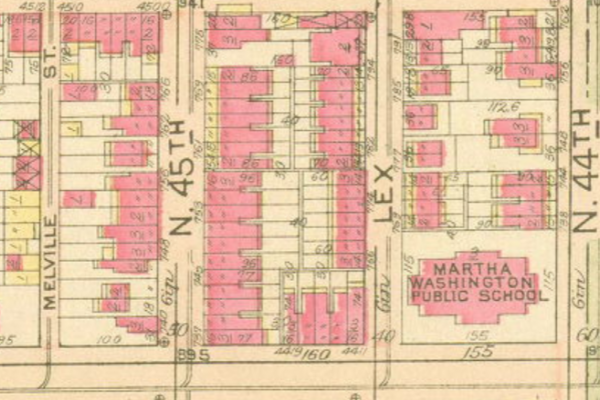
Martha Washington School, shown on the Bromley map of West Philadelphia in 1927, on the block of Fairmount, Aspen, and Lex Street.
The School District of Philadelphia’s extension of the Martha Washington playground in the 1960s removed Lex St. between 44th & 45th above Fairmount and gave the school the entire block from Fairmount to Aspen between 44th and 45th streets.
Martha Washington Elementary School was racially segregated during the second half of the twentieth century—and it remains so today. The entrance to the school’s playground on Aspen Street stood just yards from the doorstep of 816 N. Lex St., where the city’s worst mass shooting occurred on 28 December 2000.
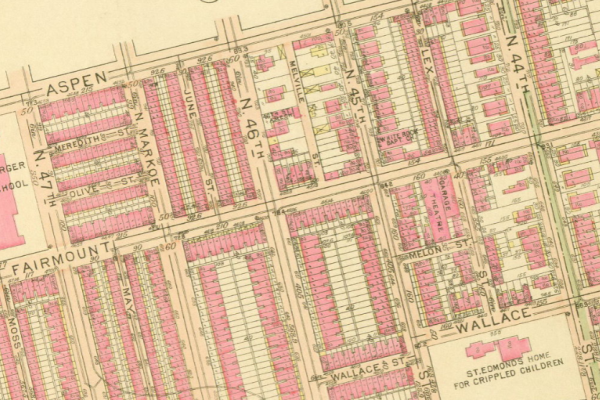
Map excerpt showing the future site of Mill Creek Homes: Fairmount Ave. to Aspen St., N. Markoe St. to 45th St.
An investment property acquired in West Philadelphia by Eli K. Price in the 19th century appears on this Bromley map, published in 1927. The map also shows the Chatham Apts., which would be replaced by the Croydon Apartments late in the decade. The site at 48th and Spruce St. served as the athletic field that Harry Passon rented for use as his personally branded baseball park, Passon Field, in the 1930s.
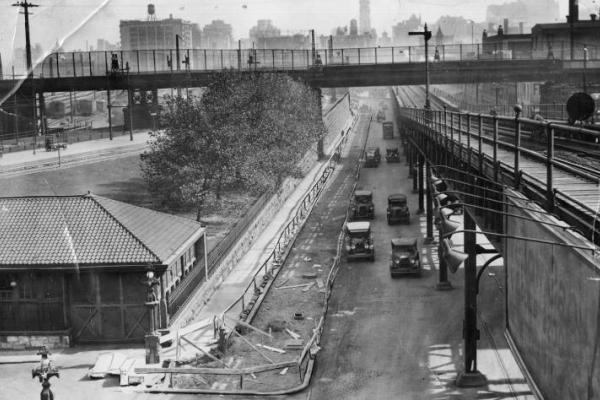
Market Street Elevated in 1928, showing street widening near 32nd St.
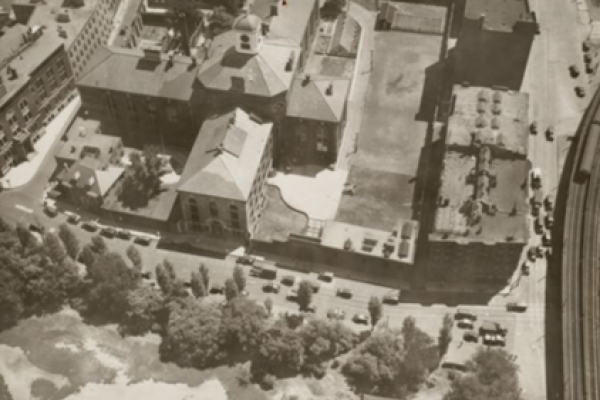
Charlestown State Prison, opened 1805, closed 1955, where Malcolm Little was incarcerated for part of the seven years that he spent in Massachusetts state prisons. Mentored by a savvy jailhouse philosopher, he availed himself of the prison’s small library to become a serious student of language arts.
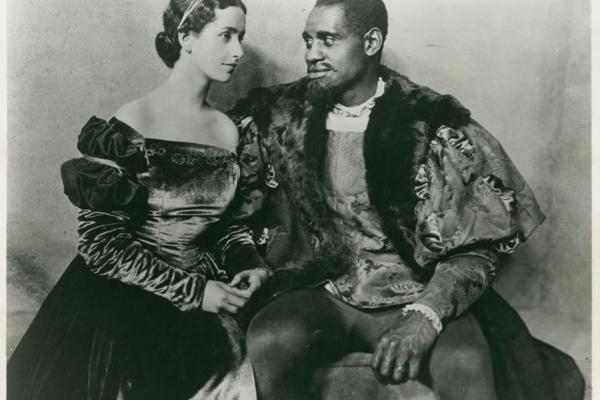
Paul Robeson and Peggy Ashcroft in stage production of Othello at Savoy Theatre, London
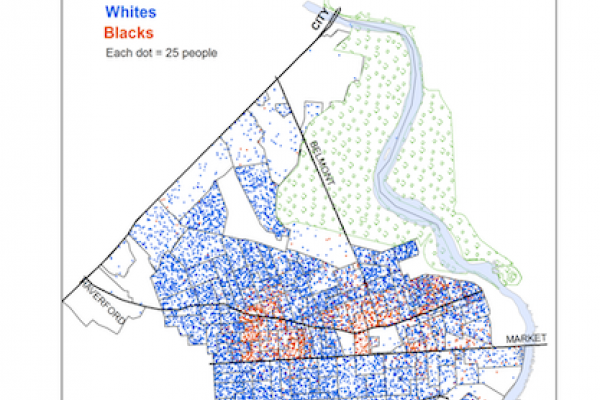
By 1930, West Philadelphia’s population had increased to fill in the southern and most of the western areas. The black population was concentrated in areas just above Market St.
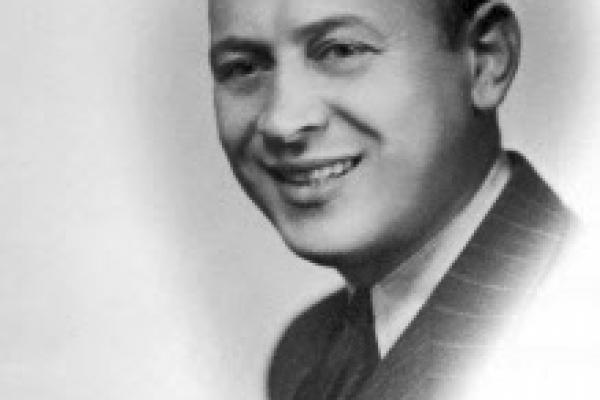
Harry Passon, a Russian-born baseball entrepreneur, was the exclusive booking agent for the athletic field he rented at the northwest corner of 48th and Spruce streets—Passon Field. Passon collected scheduling fees from the baseball teams that used the field, including his own Philadelphia Bacharachs and Ed Bolden’s Philadelphia Stars.
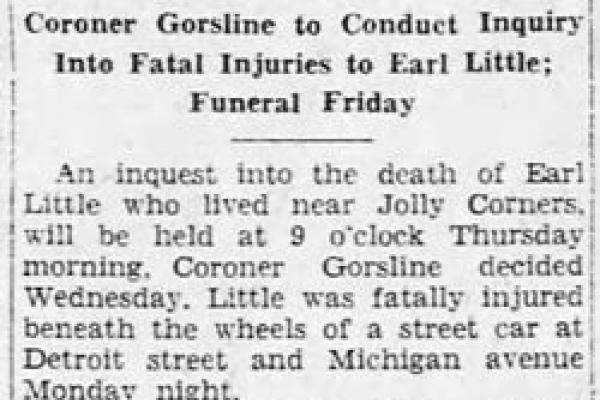
As Malcolm X described in his autobiography, his father’s death was believed by Lansing African Americans to have been the work of the Black Legion, a Ku Klux Klan-like hate group. They purportedly murdered him and then laid his body across the tracks for a streetcar to run over him. Malcom was six at the time.
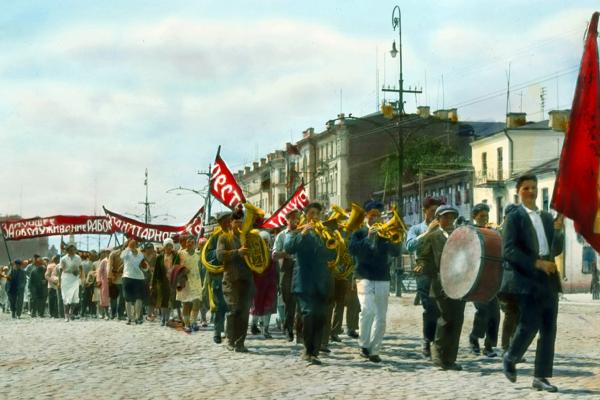
Holidays that celebrated professions—mass festivals held in honor of factory and plant workers—were very popular in Moscow during the 1930s. Paul Robeson celebrated the Russians, especially the so-called proletariat, for what he experienced as their racial tolerance. Unbeknownst to him, the Soviet Union under Joseph Stalin was industrializing at (literally) breakneck speed at the cost of mass starvation in the Ukraine (then a Soviet state), which was denied the grain its collectivized farms were forced to ship eastward to the Soviet Union’s large cities.
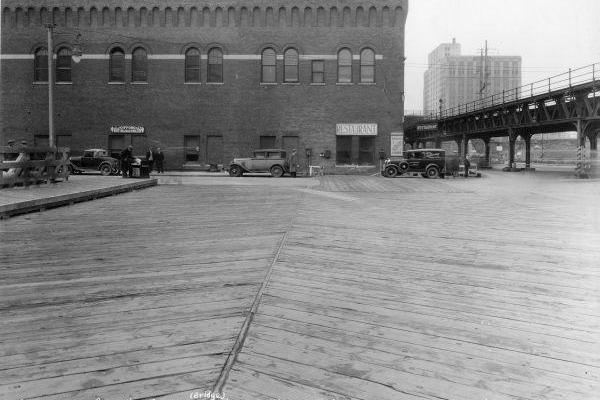
The view is west toward the Wilson-Martin facility (formerly D.B. Martin Co.’s mechanized slaughterhouse) whose use by this time was no longer dressed beef production. Today, this side of the building fronts 30th St.
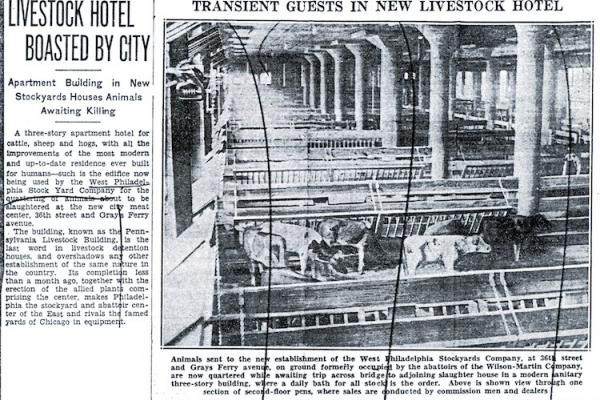
This Public Ledger clipping explains the relocation of Wilson-Martin’s slaughterhouse operations from the area of 30th & Market to Gray’s Ferry.